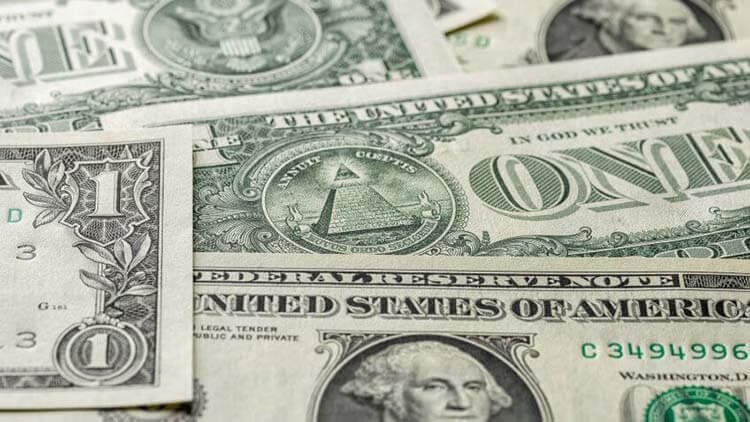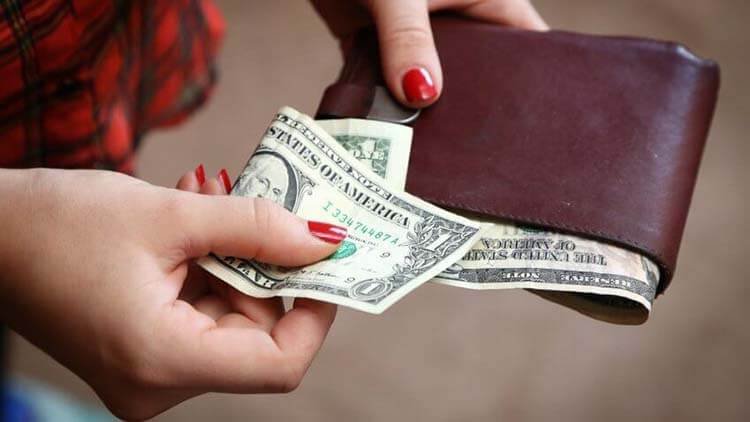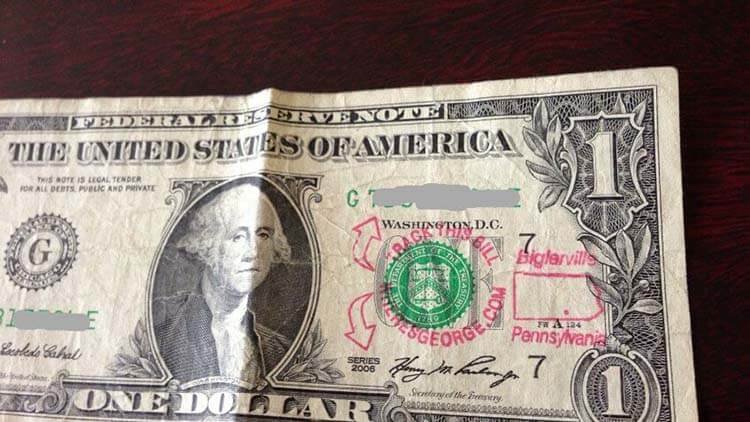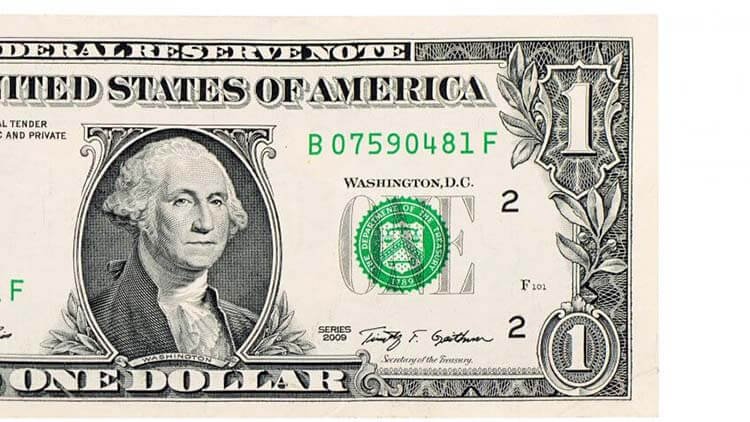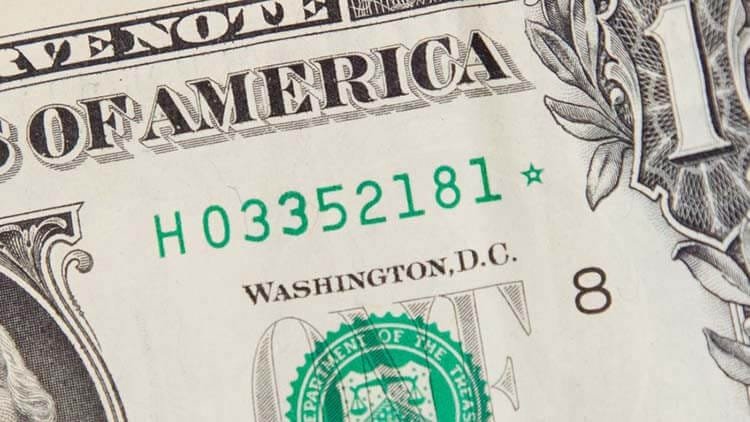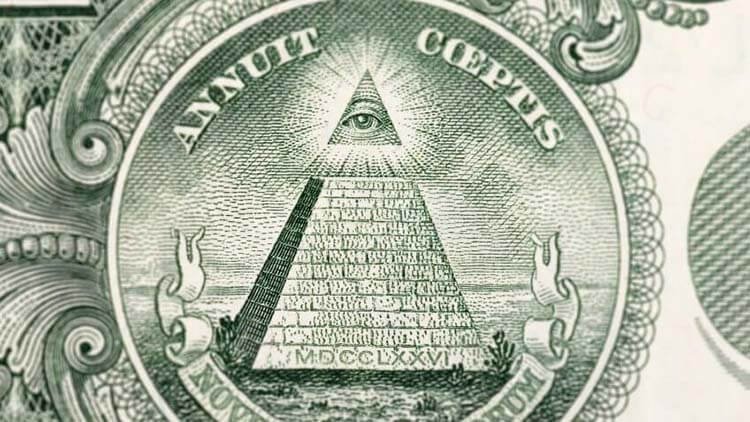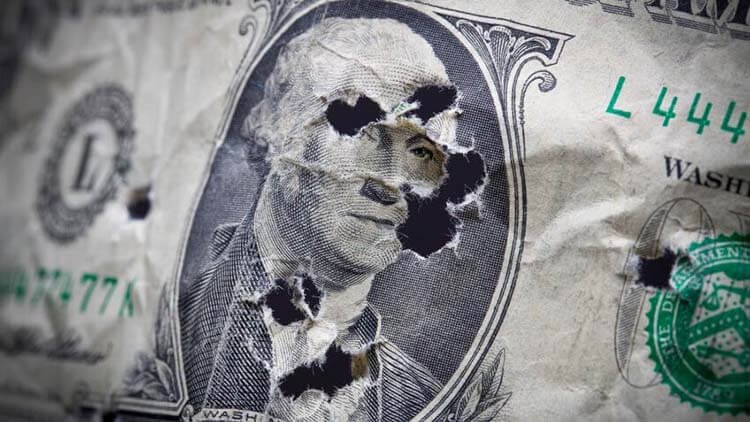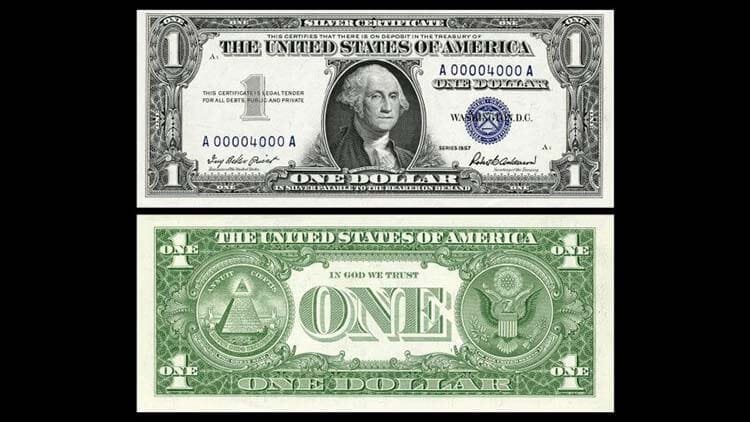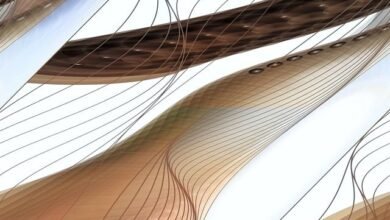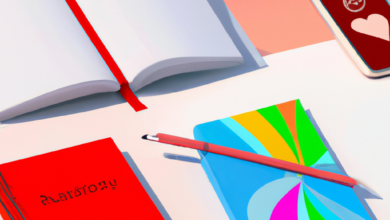30 Interesting Facts About Dollar
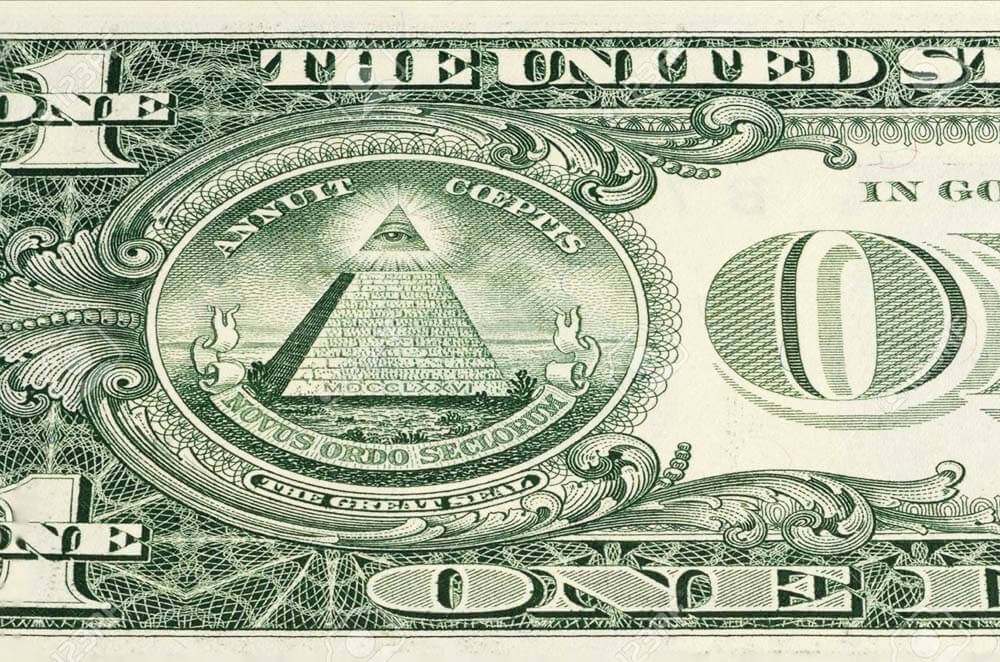
Nowadays, we are sleeping with dollar and getting up with dollar in Turkey. The dollar accounts for 65 percent of the live money circulating around the world. It is one of the biggest reasons why the United States is a global power. Here are 30 interesting facts about the dollar.
1. Martha Washington picture used
US official’s first lady, Martha Washington, has been officially listed on the $1 silver certificate. Nowadays, depending on the quality, you need to pay $1.000 to add to your collection of money.
2. No George Washington photo on the first 1 dollar bill
US President George Washington‘s official image was not used in the first official US dollar-denominated banknote. This place was featured in the photograph of Salmon P. Chase, Treasury Secretary at the time.
3. The design of a 1 dollar bill has been the same since 1963
The design of $1 bill has not changed since 1963. The main reason for this is that the 1 dollar bill rarely fakes. In addition to forgery, there is also a legal cause. Section 116 of the Financial Services and General Government Grants Act prohibits spending money on redesigning $1 bill.
4. The most biggest amount of dollar in US market is 100 dollar
In 2017, circulation of $1 bills was 12.1 billion. One dollar bill in the US is circulating for more than 100 dollar bill. Here is the number of dollars circulating on the US market in 2017:
- 12.5 billion $100
- 1.7 billion $50
- 9.2 billion $20
- 2.0 billion $10
- 3.0 billion $5
- 1.2 billion $2
- 12.1 billion $1
5. The cost of producing a dollar is 5.6 cents
$1 bill is also the cheapest US banknote money to produce at the same time. At the beginning of the dollar it costs 5.6 cents. The cost of a $2 bill is the same. The $100 bill is the most expensive at 13.2 cents per dollar.
6. Not made from paper
We know dollar is a paper, but it is not actually made of paper. According to the US Treasury Department, 75 percent of the dollar is made of cotton and 25 percent is made of ketjen.
7. Short-lived
The life of $1 bill is about 5.8 years. The $10 banknote has a lifetime of about 4.5 years. A $100 bill‘s life time is approximately 15 years.
8. Bacteria reservoir
In a survey conducted by the US Air Force in 2002, over 68 percent of the $1 bills tested had bacteria in excess of 94 percent. According to the Scientific American Magazine, bacteria were the type that could cause pneumonia or other infections.
9. Most have drug residues
The bacteries are not the only thing going over the dollar. According to a CNN report in 2017, about 80 percent of the $1 bill circulating on the market has remnants of drugs such as cocaine, methamphetamine and heroin.
10. If you have a piece of it, you still have dollars
If you have dollars that are divided in half and are not half-full, and you are worthless, think twice. If at least half of the dollar in your hand is solid and there are enough security features left in your part, you can collect the dollar by sending it to the US Gravure and Printing Bureau. Even if you have only a few pieces, you can try your luck by sending it to the US Treasury Department.
11. You can track your dollar banknotes
You can go to a site called Where’s George and track where your dollar notes are circulating (if someone has registered their dollar serial number on this site before you). To date, 281 million searches have been made on the site. You can register your own dollars on the site.
12. It took many years for the big seal to be approved
It took six years for Congress to approve the US Grand Seal‘s design on the dollar. This seal is clearly behind the $1 bill.
13. War and peace are represented
Look at the back of your $1 bill. The arrows on the left side of the eagle represent war, and the olive branch on the right hand side of the proud bird represents peace.
14. Latin words represent American Exceptionalism
“Annuit Coeptis“, written in Latin on the pyramid, means “God Supports Begins“. The “Novus ordo seclorum” under the pyramid carries the meaning of “New Order of History” in relation to US history.
15. Number 13 is everywhere
There are 13 arrows on the left side of the eagle. In the Big Seal, there are 13 strips to show the original 13 colonies. And there are 13 steps on pyramid. They all represent 13 states.
16. The eagle symbol will almost does not be used
Benjamin Franklin did not want it to be a symbol of American Eagle on dollars. Because he believed that the eagle symbol evoked the evil morals to be lazy. Franklin and Thomas Jefferson wanted to include the Egyptian pharaoh image.
17. MDCCLXXVI highlights the year 1776
At the base of the pyramid behind each dollar note is the MDCCLXXVI with Roman numerals. This is the symbol of 1776, the date of the Declaration of Independence.
18. You can understand which US central bank the dollar came from
There are two letters on the $ and a serial number with eight digits. The first figure shows which US central bank the dollar was produced from. The letters mean:
- A = Boston
- B = New York
- C = Philadelphia
- D = Cleveland
- E = Richmond, Va.
- F = Atlanta
- G = Chicago
- H = St. Louis
- I = Minneapolis
- J = Kansas City, Mo.
- K = Dallas
- L = San Francisco
19. Is it a spider or an owl?
Take a magnifying glass and look at the upper right corner of the $1 bill. You will see some things to the left of the top of “1” that look like a little spider or owl in the “net” pattern.
20. You can see a ghost
Take a close look at the fourth row of the pyramid behind the dollar. Somebody says it’s a smiling face, some people says it’s a ghost. What was the purpose of the design?
21. Can not tear the dollar easily
It’s easy to divide the $ by hand. You do it if you want. Normally, however, it is necessary to fold at least 4.000 times for the dollar to rupture.
22. Some have stars
If the error on the $ is noticed after it is printed, it is replaced by a serial number and then a new banknote with a star. This star indicates that the banknote is a substitute.
23. Senators want to remove the 1 dollar bill from the market
In 2017, Senators John McCain and Mike Enzi offered to exchange $1 bill with a $1 coin. Since 2012, the transition to a $1 coin is being debated in the US.
24. The top of the pyramid is not completed
There is no pyramid hill behind the $ bill. According to the Philadelphia Central Bank, the unfinished pyramid represents “durability and continuity“.
25. Dollar has hidden security features
In addition to the red and blue bands used in the design, there are hidden security applications on every US $ banknote since 1963.
26. You can buy uncut dollars
People are allowed to receive uncut money from the US Gravure and Printing Bureau. You can place an order by phone or on the web site of the shop.
27. Shredded dollars are being sold
After it is pressed, the money and the worn out money which are found to be defective are separated by cutting apart pieces. You can get these shredded dollars from the US Gravure and Printing Bureau‘s visitor centers in Washington, Fort Worth and Texas.
28. 450 grams $1 equals to 454 dollars
All dollar banknotes are approximately equivalent to one gram. 450 grams $1, equals to 454 dollars.
29. It is a crime to destroy the dollar, change its form
When you cut dollar bills, when you change the shape, you will commit a crime if you make a hole in it. You can get fines, up to six months in prison, or both.
30. There is a slogan “In God We Trust” since 1957
It was decided in 1955 that all dollars in the United States would have the slogan “In God We Trust“. This slogan first appeared on $1 bill in 1957.



